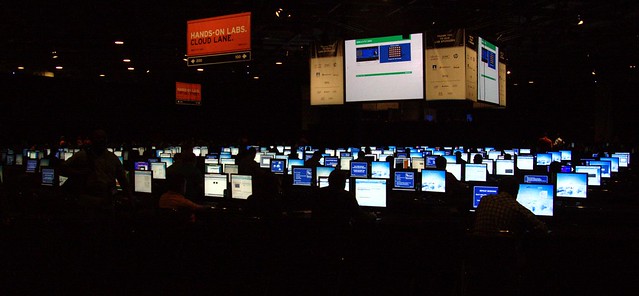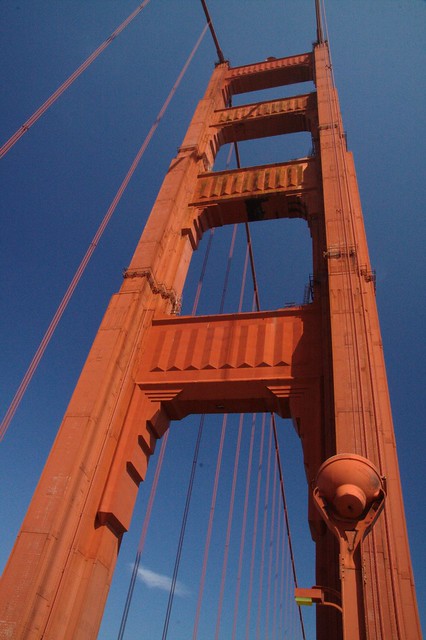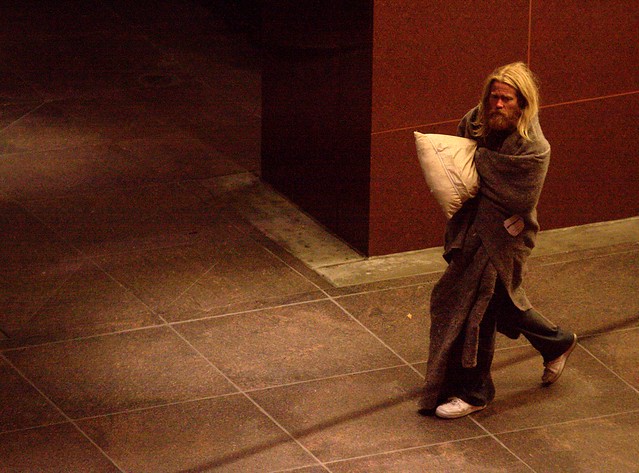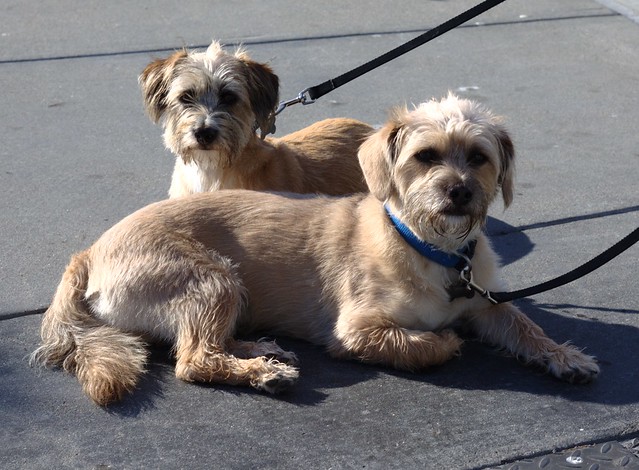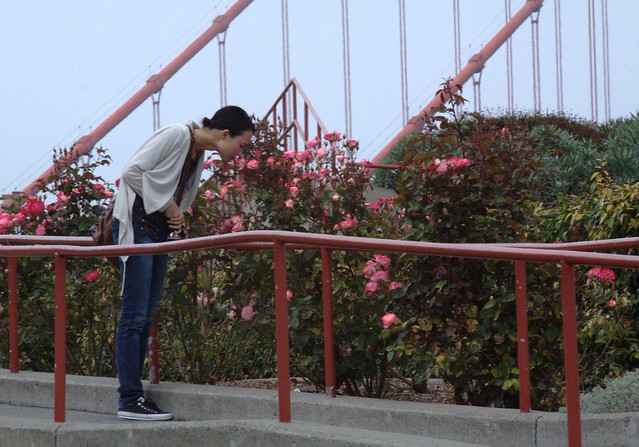The Hardware
- Asus Eee PC model 1018PB-BK8
- Verizon MiFi (used only at the hotel, as the conference had good wireless, but the hotel wireless sucked)
- Incase 10.2 inch netbook case (slightly larger than the laptop, but the best fit I could find at the store)
The Software
The netbook came with Windows 7 Starter Edition pre-installed. Because that was basically useless, I opted to upgrade it to Ubuntu. After firing up the laptop and going through the initial setup for Windows 7 (which took over an hour to complete), I rebooted the system to Clonezilla and took a drive image. Once I had that image, I wiped the system and installed Ubuntu Netbook Edition 10.04. Out of the box that gave me Firefox, Open Office and several other useful Open Source software products. I added the following items to round out the tools I’d need for the conference:
- Dropbox
- Truecrypt
- KeePass
- Pidgin
What Worked, What Didn’t
Most of the features I needed worked just fine under Ubuntu. Wireless and wired networking; suspend/hibernate worked flawlessly the whole time. The suspend and hibernate modes helped me extend my battery life significantly, as I could quickly close it to suspend when I thought I didn’t need to take notes and open it to return from suspend quickly when I wanted to jot down a quick note or two. I also tried to remember to use hibernate between sessions to help maximize my battery life, but I probably ended up using suspend most of the time.
While I did not actually benchmark the battery life, I had no problems going a full day of conference sessions without stopping to charge up. I did aggressively use suspend and hibernate modes to maximize my battery life. I also kept the screen at its dimmest setting most of the time — all of the conference rooms and labs were lit low enough that I could easily pull this off. On a full charge Ubuntu reported between 5 to 6 hours of run time at the beginning of each day, and I was able to realize 9-11 hours of usage with my battery-saving tactics. If I remember correctly, the lowest my battery ever got was down to 55 minutes estimated run time.
I discovered that the sound card did not send audio through the audio jack on the side. Sound would work find through the built in speaker, and would cut off when headphones were connected, but there was no audio through the headphones. I’m still researching a fix for this but it was by no means a show stopper.
I was also annoyed that I could not turn off the wireless radio with the keyboard hot key combination. In order to use this netbook on the airplane, I had to reboot the system and enter the BIOS to disable the wireless NIC for in-flight use.
Final Thoughts
I was extremely pleased by the performance of this little netbook running Ubuntu Netbook Edition. It met all the needs I had for the conference. In fact, as I write this I’m doing so from this little netbook while riding as a passenger down an Iowa 2-lane highway using the Verizon MiFi for connection back to my server.
I think this little netbook will remain in my hardware arsenal for quite some time.
